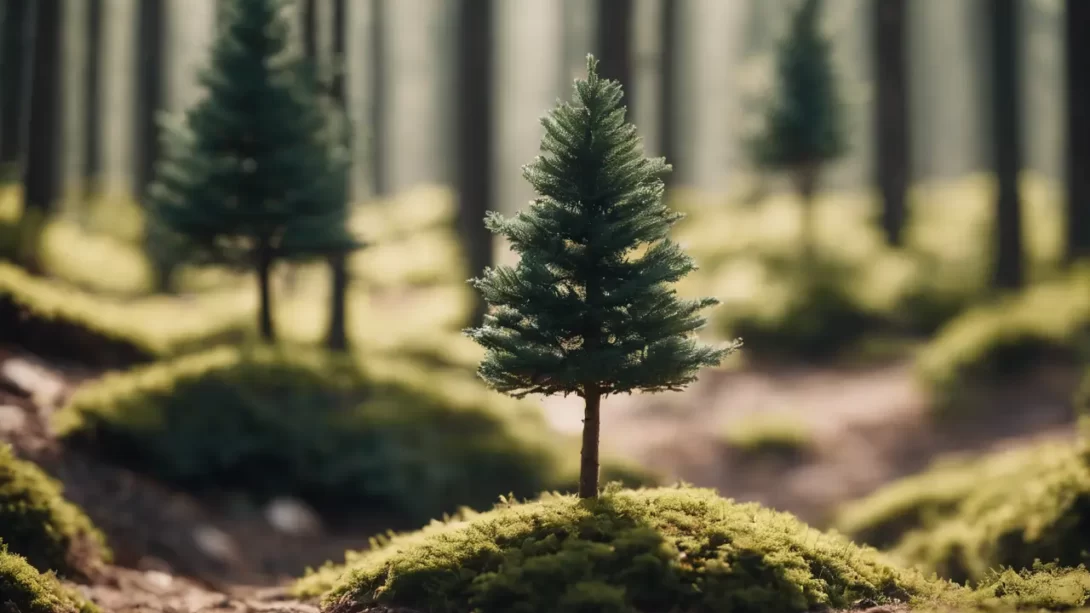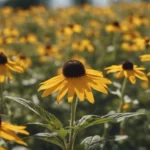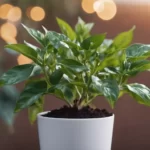Understanding the lifespan of small trees is crucial for both amateur and professional gardeners. The term “little trees” or small trees typically refers to species that are naturally smaller in stature or are kept small through pruning and cultivation, such as ornamental varieties. These trees, often central in garden design and landscaping, offer beauty, shade, and sometimes fruit. However, their lifespans can vary significantly, influencing gardening and landscaping decisions. This article explores the various factors that affect the longevity of these small yet significant members of the garden.
Factors Affecting Lifespan of Small Trees
The lifespan of small trees is influenced by several key factors:
- Genetic Makeup and Species Variation: Each species of tree has a genetic predisposition to a certain lifespan, which can range from a few decades to several centuries. Dwarf and ornamental varieties often have different lifespans compared to their full-sized counterparts.
- Environmental Conditions and Climate: The climate and environmental conditions where the tree is planted play a pivotal role. Extreme temperatures, insufficient rainfall, and exposure to harsh weather can reduce a tree’s lifespan.
- Soil Quality and Maintenance Practices: Soil health, including nutrient content, pH levels, and drainage capabilities, greatly affects tree health and longevity. Proper maintenance, such as regular pruning, watering, and fertilization, can extend a tree’s life.
- Pests and Diseases: Susceptibility to pests and diseases varies among tree species. Infestations and diseases can significantly shorten a tree’s life if not properly managed.
Common Small Tree Species and Their Lifespans
Small tree species vary widely in their average lifespans, each bringing unique characteristics to gardens and landscapes:
- Malus domestica (Apple): These popular fruit trees typically live between 20 to 40 years. However, with optimal care and disease prevention, some apple trees can survive longer.
- Prunus avium (Cherry): Cherry trees, known for their beautiful blossoms, have a lifespan of about 20 to 30 years. Ornamental varieties may live slightly longer under ideal conditions.
- Acer palmatum (Japanese Maple): Japanese maples are prized for their stunning foliage and typically live for 40 to 60 years. Some specimens can even reach 100 years with proper care.
- Other Notable Species: Species like the Cornus (Dogwood) and Cercis canadensis (Eastern Redbud) also fit into the small tree category, with lifespans ranging from 20 to 50 years, depending on the species and environmental conditions.
Enhancing the Lifespan of Small Trees
Maximizing the lifespan of small trees involves attentive care and suitable growing conditions:
- Proper Planting Techniques: Planting trees at the right depth, in the appropriate season, and with adequate space for root growth is crucial for their long-term health.
- Regular Maintenance and Care: This includes timely pruning to remove dead or diseased branches, regular watering, especially in dry periods, and mulching to retain soil moisture and regulate temperature.
- Disease and Pest Prevention Strategies: Regular monitoring for signs of pests and diseases, along with timely interventions, can prevent serious damage and prolong the tree’s life.
- Importance of Suitable Growing Conditions: Choosing a species appropriate for the local climate and soil type, and ensuring adequate sunlight and protection from extreme weather, are essential for the tree’s longevity.
Recognizing the Signs of Aging in Small Trees
As small trees age, several signs indicate their advancing years:
- Physical Changes in Bark and Foliage: Older trees often show changes in bark texture, becoming more rough or brittle. Leaf size and color may also change, with leaves often becoming smaller and less vibrant.
- Decrease in Fruit or Flower Production: Fruit-bearing trees like Malus domestica or flowering species like Prunus avium may produce fewer fruits or flowers as they age, indicating a decline in vigor.
- Signs of Disease and Decline: Symptoms such as increased susceptibility to diseases, pests, or fungus, dead branches, and slow growth can signal that a tree is in the later stages of its life cycle.
Conclusion
Understanding the lifespan of small trees and the factors that influence it is key to successful gardening and landscape planning. From the genetically determined lifespans of different species to the impact of environmental conditions and care practices, many elements contribute to the health and longevity of these trees. By recognizing the signs of aging and implementing strategies to enhance tree health, gardeners can ensure that their small trees continue to thrive and beautify their gardens for as long as possible. The value of these trees, both in terms of aesthetics and their role in the ecosystem, underscores the importance of informed, attentive gardening practices.



